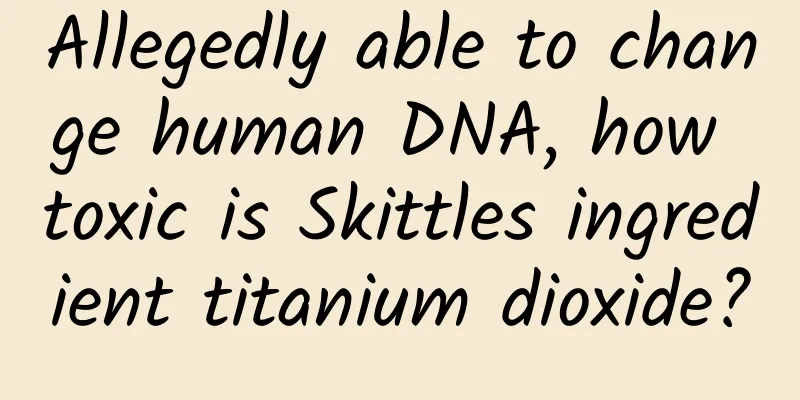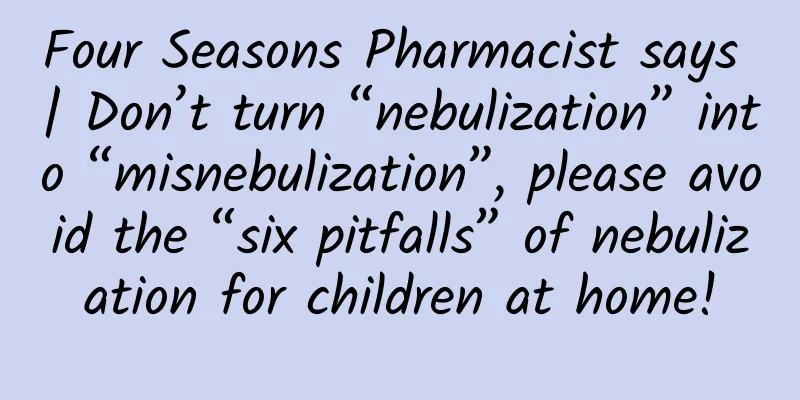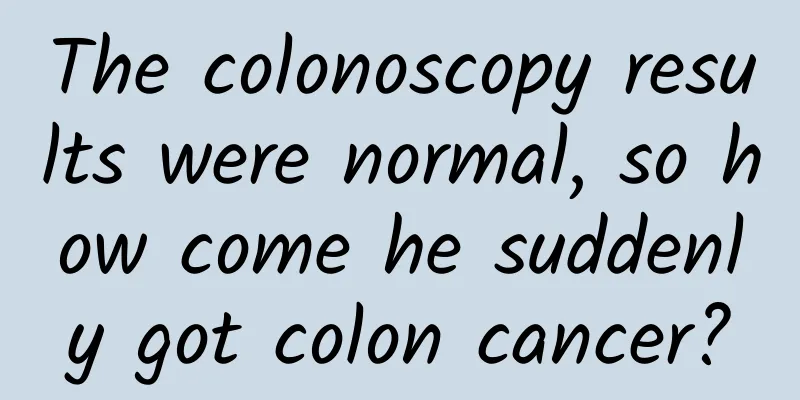Allegedly able to change human DNA, how toxic is Skittles ingredient titanium dioxide?

|
Recently, the news that "Mars Skittles are accused of causing changes in human DNA" has attracted widespread attention. Is titanium dioxide really toxic? Can we still eat Skittles safely? What do Chinese food experts think? Compiled by New Media Editor Lv Bingxin Rainbow candies, which are ubiquitous on supermarket shelves, can actually change human DNA? According to a report by the Russian Satellite News Agency on the 18th, American consumers recently filed a lawsuit against Mars in a California state court, claiming that the content of titanium dioxide (E171) in the rainbow candies produced by Mars was too high. The consumer pointed out in the lawsuit that Mars "has long known about the health problems caused by titanium dioxide" and in February 2016, the company "committed to gradually phase out" titanium dioxide in its products. However, the company continues to use titanium dioxide in its products and has not informed consumers of the effects of consuming titanium dioxide. The lawsuit stated that consumers "face increased health risks and they do not realize that these effects come from the genotoxicity of titanium dioxide - titanium dioxide can change biological DNA." According to public information, Mars is a family-owned company with a century-old history. Its business mainly involves snacks, candies and the pet industry. It has presence in more than 80 countries and regions around the world and has been in China for more than 30 years. Mars has more than 60 brands, including Rainbow, Dove, Snickers, M&M's, Crispy Rice, Wrigley, Extra, Dada, and ZenBar. So, what exactly is titanium dioxide? Can we still eat Skittles safely? What do Chinese food experts think? Let's take a look. What is the titanium dioxide involved in the controversial incident? When it comes to titanium dioxide, many people say they have never heard of it. But when it comes to candy and jelly, both children and adults are familiar with it. Fan Zhihong, associate professor at the College of Food Science and Nutritional Engineering of China Agricultural University, said that if you eat these things frequently, and they are colorful, it means that you may have eaten a lot of titanium dioxide. Fan Zhihong pointed out in a Weibo post that, in layman's terms, titanium dioxide is actually a widely used colorant in the food industry, that is, a pigment. Titanium dioxide itself is white, and on the one hand, it can be used to adjust white, and on the other hand, it can be mixed with various other pigments to achieve uniform coloring and improve the appearance of the product. In fact, not only in the United States, but also in China, the ingredients list of Skittles sold also contains titanium dioxide, but the specific content is not marked. In response to the lawsuit in the United States for adding titanium dioxide, Mars China customer service said that its production is in compliance with regulations. (Photo source: Beijing Youth Daily) According to Chinese regulations, titanium dioxide can indeed be used in candies, candy coatings (the colorful shell on the outside), jams, jellies, candied fruits, chocolate, solid beverages (beverage powders, the kind that can be drunk by mixing with water), syrups, beverage clouding agents, toppings for cakes and snacks, mayonnaise, salad dressings, nuts and oil seeds, and many other foods for coloring. In addition to its use in the food industry, titanium dioxide is also used in other industries. As long as it involves white objects, it is often present. For example, it is an additive that can be used in pigments, adhesives and plastics. Whether it is safe or not, Europe and the United States are divided The U.S. Food and Drug Administration has determined that titanium dioxide can be used as a white coloring agent in all foods. The color additive titanium dioxide can be safely used in general coloring foods and is subject to relevant regulations. As of March 29, 2022, they consider titanium dioxide to be safe as a food coloring agent. However, European food safety regulators have determined that titanium dioxide is unsafe. As early as 2016, the European Food Safety Authority had conducted a safety assessment on titanium dioxide food additives, and the assessment results showed that there was uncertainty in the characteristics of titanium dioxide ingredients. In March 2020, the European Commission asked the European Food Safety Authority to continue to revise the results of the previous assessment. In May 2021, the European Food Safety Authority published their review of the safety of titanium dioxide as a food additive. While the majority of the review did not find that titanium dioxide poses an immediate or potential risk of toxicity or harm when ingested, there were enough unanswered questions and concerns that the substance was recommended by the expert panel to be removed as a food additive. Later, experts from the European Food Safety Authority's Food Additives and Flavourings Expert Panel believed that "taking into account all available scientific research and data, the panel concluded that titanium dioxide is no longer considered a safe food additive. A key factor in reaching this conclusion is that we cannot rule out the issue of genotoxicity after consuming titanium dioxide particles. After oral administration, the absorption rate of titanium dioxide particles is very low and can accumulate in the body." How do Chinese experts view the impact of titanium dioxide ? Zhong Kai, director of the Kexin Food and Nutrition Information Exchange Center, said in an interview with Life Times that it is impossible for normal food companies to violate regulations by listing ingredients. Our country has regulations on the scope of use of titanium dioxide, and has certain limits on certain varieties and categories. Therefore, companies must comply with regulations when producing. "The news about Mars Skittles in the United States involved titanium dioxide nanoparticles, and research on it is still in a very early stage. The EU's evaluation report on it did mention DNA, but there were many qualifiers such as 'possible' and 'uncertain', and the toxicity of titanium dioxide was not clear." Zhong Kai emphasized that in addition, the report also repeatedly confirmed that no toxicity was found at a dose of 1 gram per kilogram of body weight. The EU adopts a conservative management approach, but in fact, it will not have a particularly big impact on the use of titanium dioxide in the food industry. Zhong Kai added: "Titanium dioxide is the best white pigment currently available. There is no substitute, no better safety, and no food additive that is whiter than it. How to manage it in the future will still depend on the demand for it from our own food industry." Regarding the research and management of food additives, Fan Zhihong pointed out on his Weibo that additives must undergo multiple toxicology tests before they are used. However, there is also a process to gain an in-depth understanding of a food ingredient. The fact that no harm was found in the past does not mean that newer research will not cause harm. For example, previous toxicology experiments mainly looked at the causes of animal death, deformity, carcinogenesis, liver changes, etc., and may not have conducted in-depth research on the effects of a certain ingredient on the activity of certain enzymes in a certain tissue of the animal body, the effects on the intestinal flora, the long-term effects on genetic material, etc. Even for natural foods, research will continue to discover new functions and new hazards of certain trace ingredients. Fan Zhihong believes that since there is new research evidence, the original additive management regulations may need to be adjusted accordingly, such as limiting its usage, limiting the occasions of use, or even completely banning it. "If you only eat it occasionally, you don't have to worry too much. With the detoxification ability of adults, a small amount of intake will not have a big impact. What I am worried about is the children. On the one hand, the detoxification ability of young children is far inferior to that of adults. On the other hand, children have no self-control. If there is no adult to restrict them, they may eat one piece after another of the candy that tastes good, resulting in the intake of a large amount of colorants in a short period of time." Fan Zhihong said that candy, jelly, and preserved fruit are not foods for children. The amount of additives used is not determined according to the condition of the child. Moreover, candy itself is a food with very low nutritional value and has no health benefits for children. The refined sugar and various additives introduced from candy are even more harmful to children. Therefore, Fan Zhihong believes that, especially for children, try to avoid eating candy every day, and treat it as a holiday joy during the New Year and other festivals, and just try it occasionally. Yun Wuxin, a popular science writer and a PhD in biological and food engineering, believes that based on the "conservative principle" of food safety, the use of titanium dioxide can be avoided as much as possible. (Source: Beijing Youth Daily, Life Times, Daily Economic News, @范志红 Weibo, etc.) Produced by: Science Central Kitchen Produced by: Beijing Science and Technology News | Beijing Science and Technology Media |
<<: What impact do “pre-prepared meals” that almost every working person has eaten have on health?
Recommend
Walking in Henan and understanding China丨The "Jiujiu" in the Book of Songs appeared in the heart of Taihang Mountains in Henan. The giant panda among birds was discovered
Dahe.com (Reporter Mo Shaohua) "Reporter, ca...
Can humans eventually become an interstellar civilization? Musk said he wants to become a multi-planet species, how long will it take?
The answer is yes, but the prerequisite is that h...
Don't play with your phone while it's charging! If you want your phone's battery to last longer, pay attention to these points
Is the battery life of your mobile phone getting ...
Southwest Associated University Study Diary - Fan Deng Reading
Southwest Associated University Study Diary - Fan...
Case review | Difference in daily activity? Is it difficult to promote vitality? Learn user operations from Onmyoji
Onmyoji is a phenomenal mobile game with over 10 ...
Jiashan No. 1 Middle School: Why are websites ranked on the homepage recognized by search engines?
Website operations should be optimized according ...
How does the financial industry play with information flow? Information flow advertising on a P2P platform
As an innovative financial organization model, P2...
2017 Artificial Intelligence Research Report
Key points: 81% of IT companies are investing or ...
2020, top ten marketing keywords!
Affected by the overall environment this year, al...
Faced with knowledge blind spots, how should operations staff quickly learn while working?
In sociology and economics, there is a commonly u...
How to write high conversion rate copy? Here are 4 tips!
Whenever we are pleased with the copywriting work...
Can a cup of coffee a day cause anemia? Nutritionists reveal the truth!
In recent years, more and more people have begun ...
Cocos2d-js launches tutorials for various platforms to help developers generate revenue across all platforms
The "Cocos 2015 Developer Conference (Spring...
Ministry of Industry and Information Technology: 14 apps failed to strictly implement the rectification requirements for pop-up information harassing users, including QQ Reading
IT Home reported on July 28 that according to the...
Remembering Yu Min, the hero of "Two Bombs and One Satellite"丨A stunning career, a silent life
"The country needs me, I will do my best!&qu...









